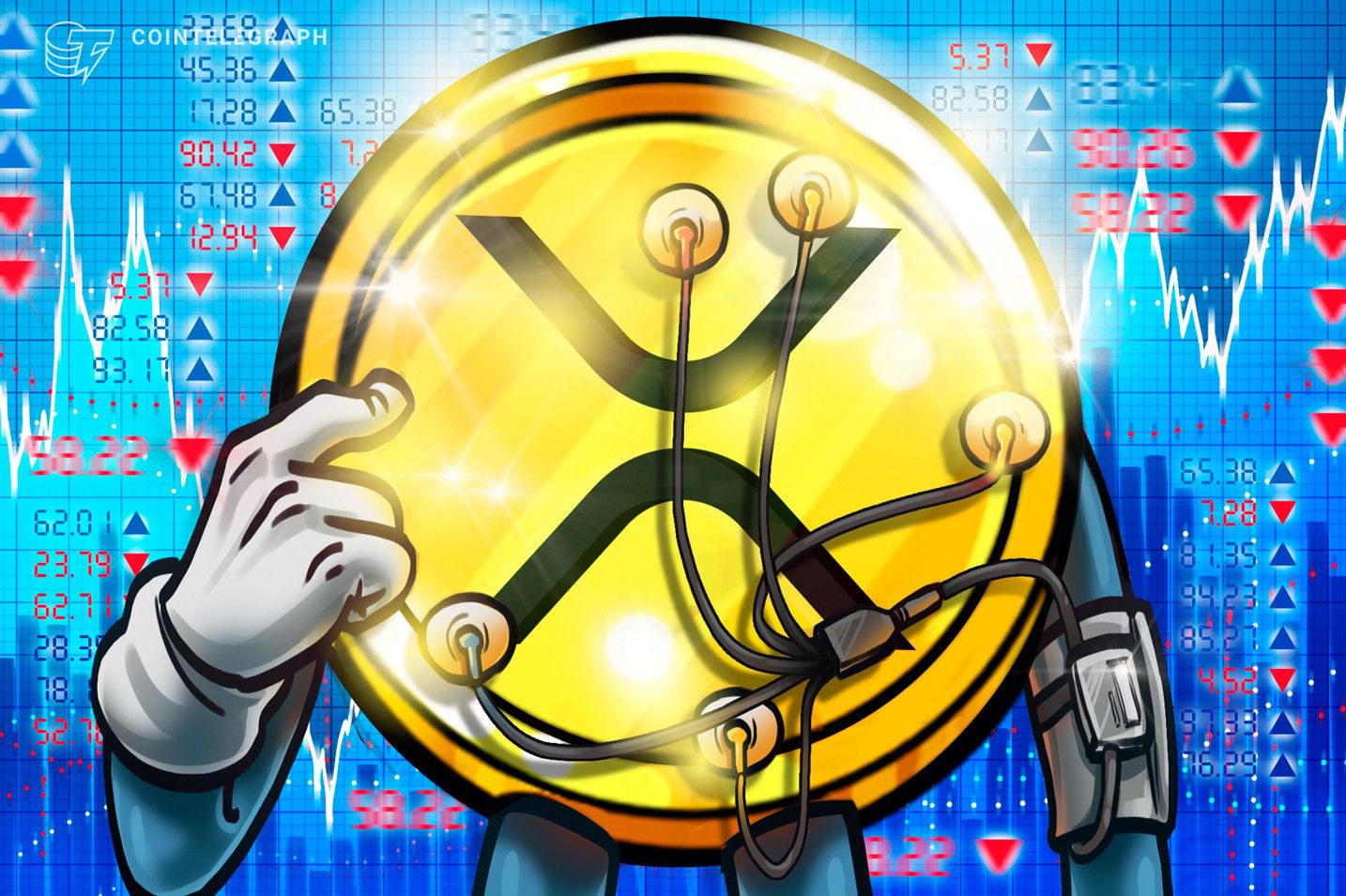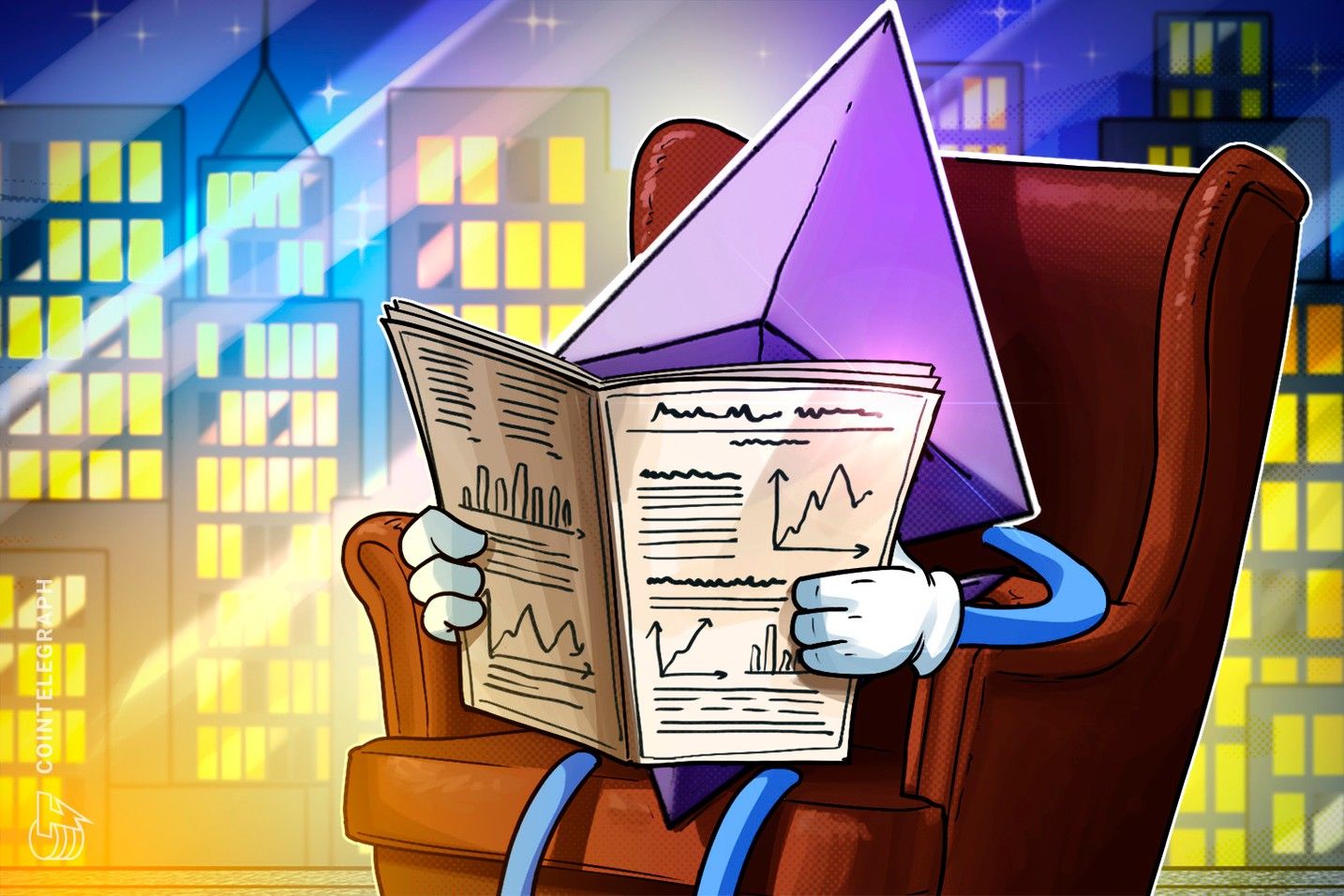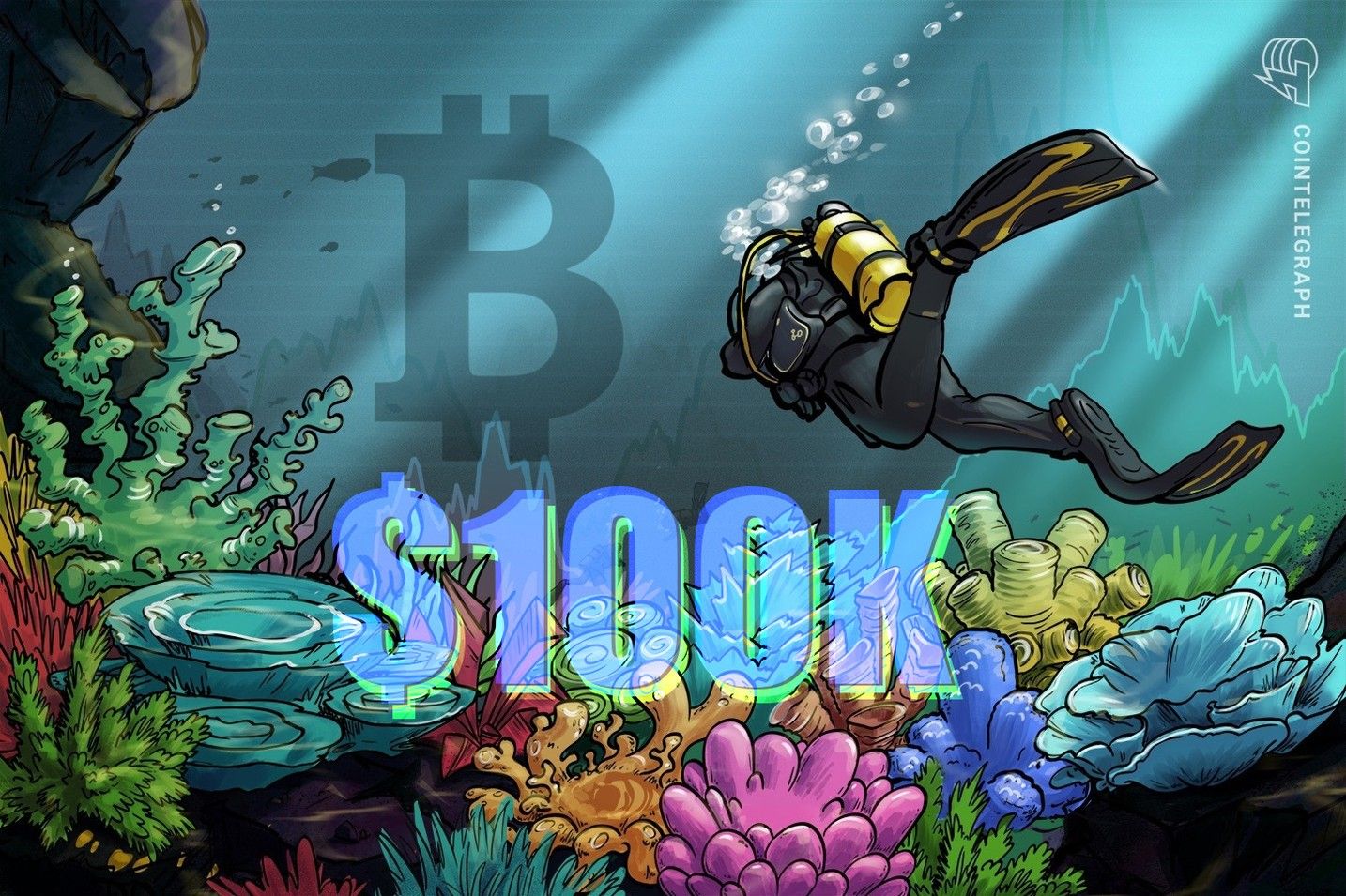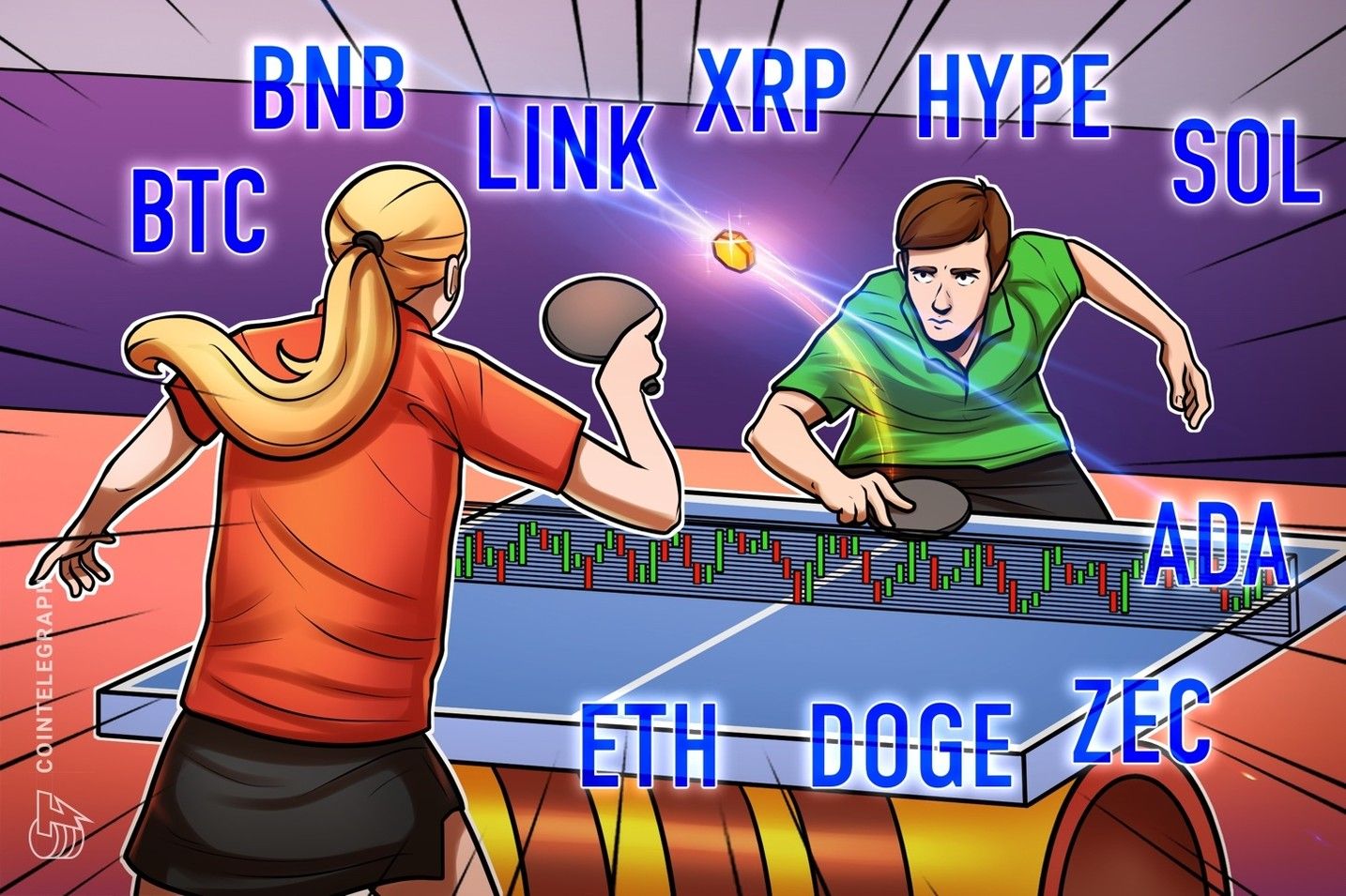Vitalik: Why Did I Abandon Permissive Licensing to Embrace Copyleft as Open Source Went Mainstream?
A permissive license allows for free sharing with everyone, while a copyleft license only allows sharing with those who also intend to share freely.
Original Title: Why I used to prefer permissive licenses and now favor copyleft
Original Author: Vitalik Buterin, Co-founder of Ethereum
Translation: Saoirse, Foresight News
In the field of free open-source software (and more broadly free content), copyright licenses are mainly divided into two major categories:
· If content is released under a permissive license (such as CC0, MIT), anyone can freely access, use, and redistribute that content without restrictions, only needing to comply with the minimal rule of providing attribution;
· If content is released under a copyleft license (such as CC-BY-SA, GPL), anyone can also freely access, use, and redistribute copies without restrictions, but if creating and distributing derivative works through modification or combination with other works, the new work must be released under the same license. Additionally, GPL requires any derivative work to disclose its source code and other specific requirements.
In short: a permissive license allows free sharing to everyone, while a copyleft license shares only with those who are also willing to share freely.
Since I was young, I have been a fan and developer of free open-source software and free content, enthusiastic about building things that I believe are useful to others. In the past, I favored the permissive license model (for example, my blog used the WTFPL license), but recently, I have gradually shifted towards supporting the copyleft model. This article will explain the reasons for this transition.

The WTFPL advocates for a philosophy of software freedom, but it is not the only paradigm.
Why I Used to Prefer Permissive Licenses
First, I wanted to maximize the adoption and dissemination of my work, and the permissive license clearly stipulates that anyone creating based on my work does not need to worry about any restrictions, which conveniently facilitates this. Companies are often reluctant to open-source projects for free, and I know I cannot compel them to fully transition to free software, so I hoped to avoid unnecessary conflicts with their established and unwilling-to-compromise models.
Secondly, on a philosophical level, I generally oppose copyright (and patents). I do not agree with the view that sharing data snippets privately between two persons could be seen as a crime against a third party. They have neither touched nor interacted with a third party, nor have they deprived them of any rights (know that "not paying" and "stealing" are different). Due to various legal considerations, explicitly releasing works into the public domain is operationally complex. A permissive license is the purest, safest way, approaching the state of "non-assertion of copyright" as much as possible.
I do appreciate the concept of copyleft, which I find to be a clever legal maneuver. In a sense, it resonates with the liberalism I admire at a philosophical level. Liberalism as a political philosophy is often interpreted as allowing the use of force only to protect individuals from harm, prohibiting the use of force otherwise. As a social philosophy, I often see it as a way to tame humanity's aversion to reflexive harm, elevating freedom itself as a sacred entity and deeming actions that infringe upon that freedom as repugnant, even if unconventional voluntary relationships between individuals make you uncomfortable. Thus, from a principled standpoint, history offers precedents where antipathy towards copyright and the practice of copyleft can coexist.
However, while copyleft for literary works fits this definition, GPL-style code licensing transcends the minimalist concept of copyleft by using copyright for the "compulsory disclosure of source code," a somewhat aggressive objective. This action, driven by public interest rather than a profit motive through royalties, still constitutes an aggressive use of copyright. This becomes even more apparent with stricter licenses like AGPL, where even if derivative works are only offered through Software as a Service (SaaS) and never made public, the source code must still be disclosed.

Different software licenses set varying conditions for sharing the source code of derivative works, with some licenses requiring the source code to be made public in broad scenarios.
Why Copyleft Is Now More Favored
My transition from favoring permissive licenses to supporting copyleft stems from two major industry shifts and a philosophical shift.
First, open source has become mainstream, making it more feasible for businesses to embrace it. Numerous companies across various industries now embrace open source: tech giants like Google, Microsoft, and Huawei not only adopt open source but also lead open-source software development. Emerging fields like artificial intelligence and cryptocurrency rely on open source to a degree that surpasses any previous industry.
Second, the competition in the crypto space has intensified, with a growing focus on profit, making it unrealistic to rely solely on goodwill for voluntary open-sourcing. Therefore, promoting open source cannot rely solely on moral appeals (e.g., "please open-source your code") but needs the "hard constraint" of copyleft, granting code permissions only to developers who reciprocate by also open-sourcing.
To visually depict how these two forces enhance the relative value of copyleft, consider the following chart:

In a scenario that is both not entirely unrealistic and not necessarily feasible, the value of incentivizing open source is most prominent. Today, the mainstream corporate world and the crypto industry are in such a state, significantly enhancing the value of incentivizing open source through copyleft.
(Note: The horizontal axis represents the motivation level for turning to open source, and the vertical axis represents the probability of open source. A comparison of the two graphs shows that in the current mainstream field, leveraging copyleft to drive the motivation for open source is more likely to synergize with the effect, while the crypto industry experiences diminishing marginal benefits due to ecosystem maturity, reflecting the evolving value logic of incentivizing open source through copyleft with industry development.)
Third, Glen Weyl's economic theory has convinced me: in the presence of super-linear scale returns, the optimal policy is not actually a strict property rights regime in the Rothbard/Mises sense. Instead, the optimal policy indeed requires a certain degree of proactive promotion of projects to make them more open than they would be in their original state.
Fundamentally, assuming the existence of economies of scale, through simple mathematical reasoning, one can understand that some degree of openness is the only way to prevent the world from ultimately being controlled by a single entity. Economies of scale imply that if I have resources twice the size of yours, my progress will exceed double. Consequently, by next year, my resources could become 2.02 times yours, and so on...

Left Image: Proportional Growth Model, where minor differences in the initial stage ultimately result in a small gap; Right Image: Economies of Scale Growth Model, where minor differences in the initial stage evolve into a significant gap over time.
From a historical perspective, the key factor in curbing this uncontrollable imbalance trend is: humanity cannot escape the diffusion effect of progress. Talent carries creativity and skills when moving between companies and countries; poor nations can achieve catch-up growth through trade with richer nations; industrial espionage is widespread, making innovation difficult to be absolutely monopolized.
However, in recent years, multiple trends have been threatening this balance, simultaneously weakening the traditional factors that curb imbalanced growth:
· Technological advancement is experiencing super-exponential acceleration, with innovation iterating at a pace far beyond the past;
· Political instability within and between nations is intensifying: in an environment where rights protection mechanisms are sound, the rise of others does not directly pose a threat; but in an environment where coercive behavior is more likely and unpredictable, one entity's excessive dominance becomes a material risk. Meanwhile, governments around the world have shown a decreased willingness to regulate monopolies;
· Modern software and hardware products have closed-off capabilities: Traditional product delivery inevitably involves technological transparency (such as reverse engineering), but nowadays closed-source products can offer only usage rights while retaining modification and control rights;
· The natural limitations of economies of scale have been weakened: In the past, large organizations were restricted by high management costs and the difficulty of meeting localized demands, but digital technology has made it possible to establish a super-large-scale control system.
These changes have intensified the ongoing and self-reinforcing power imbalance between enterprises and nations.
Therefore, I increasingly believe that stronger measures are needed to actively incentivize or forcibly drive technology diffusion.
Recent policies of various countries can be seen as mandatory interventions in technology diffusion:
· The EU's standardization directive (such as the latest mandatory requirement for USB-C interface) aimed at dismantling closed ecosystems that are incompatible with other technologies;
· China's technology transfer mandatory rules;
· The U.S. ban on non-compete agreements (I support this policy because it forces companies to achieve "partial openness" of implicit knowledge through talent mobility, although loopholes abound in actual enforcement of confidentiality agreements).
In my view, the drawbacks of such policies often stem from their nature as mandatory government policies, which means they tend to prioritize dissemination types that strongly lean toward local political and commercial interests. However, the advantage of such policies is that they can indeed incentivize a higher level of technology dissemination.
Copyleft has built a vast pool of code (or other creative works), where only when users are willing to share the source code of the content developed based on these resources can they legally use these resources. Therefore, copyleft can be seen as a highly universal and neutral mechanism for incentivizing technology diffusion, which can both reap the positive effects of the above policies and avoid many of their drawbacks. This is because copyleft does not favor any specific entity and does not require central planners to set parameters actively.
These viewpoints are not absolute. In a scenario of "maximizing adoption," permissive licenses still hold value. However, overall, the comprehensive benefits of copyleft have far exceeded those of 15 years ago. Projects that chose permissive licenses back then should at least consider shifting to copyleft by now.

Unfortunately, the meaning represented by the "open source" symbol today has nothing to do with its original intention. But in the future, we may be able to have open-source cars, and copyleft hardware may help realize this vision.
Disclaimer: The content of this article solely reflects the author's opinion and does not represent the platform in any capacity. This article is not intended to serve as a reference for making investment decisions.
You may also like
XRP price slips despite Ripple’s bullish Swell announcements: Is $2 next?

Four reasons Ether did not fall below $3K, and probably won’t

Bitcoin crisscrosses $100K as BTC price ‘bottoming phase’ begins

Price predictions 11/7: BTC, ETH, BNB, XRP, SOL, DOGE, ADA, HYPE, LINK, ZEC

